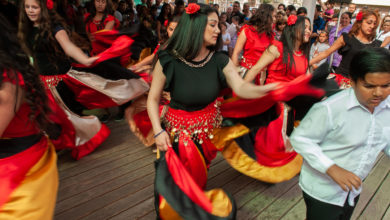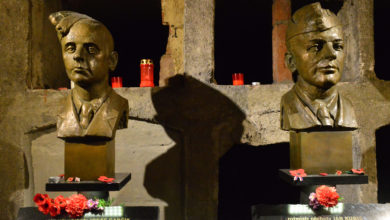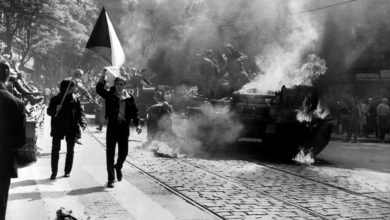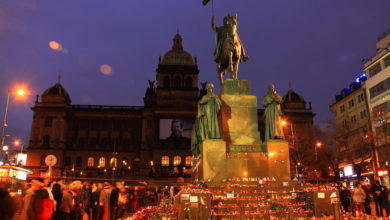The Moravian Jewish Community
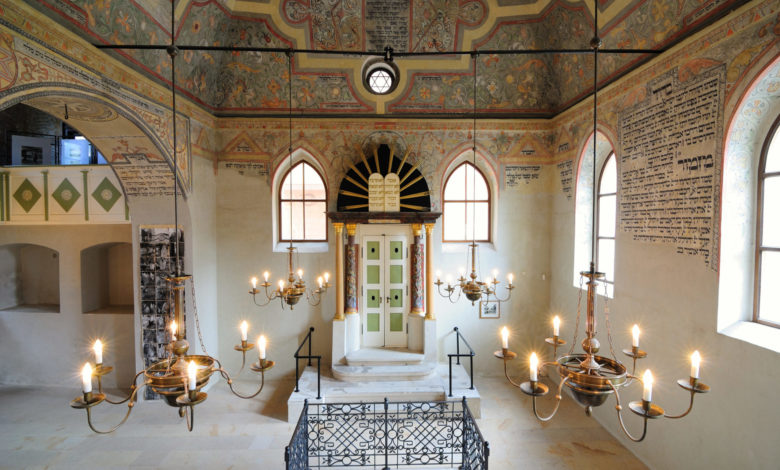
While the Jewish cemeteries and synagogues in Prague have attracted tourists for many years, the other Jewish centres in the Czech Rep have only recently been rediscovered. The Czech lands already had a reasonably sized Jewish community during the early medieval period. In 1254, the Jews were given royal protection via a charter issued by King Přemysl Otakar the 2nd. This was not always effective—the Jews still suffered from the identical abuse and discrimination as they did in other parts of Europe.
Despite the occasional pogroms and expulsions, the Jewish culture was able to flourish. By 1938, the Bohemian and Moravian Jewish population was about 120000; the huge scale of the primary Brno synagogue indicates the wealth and size of the local Jewish community. The Holocaust and the 2nd World War tore that community apart, with more than 50% of the population eliminated. Many survivors moved away following the end of the war, and more departed the country during 1968 when the Russian invasion ended any hope of freedom. These days, Jewish population numbers are difficult to gauge, but 1 approximation is around 6000. Throughout the communist era, this community maintained a low profile, although, since 1989, Moravia and Bohemia have celebrated what is left of this once-thriving culture. The Nazis ruined many synagogues, and some were converted to be used for other purposes. However, some do still survive, as do some cemeteries – lots of which have gravestones that date back 3 centuries. There is barely 1 town in Moravia that does not have a Jewish history, and below, some of the highlights are listed:
 Boskovice
Boskovice
In Boskovice, northwards of Brno, a cemetery has gravestones that date back to the seventeenth century. These gravestones are arranged in lines over a wooded hill, a haunting and peaceful area. (A key can be obtained from the town hall information centre) Plačkova street still has numerous Jewish houses on it.
Holešov
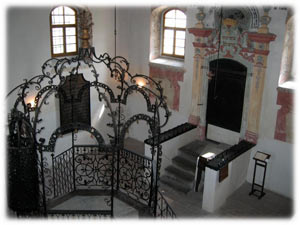
Mikulov
Since 1369 (at least), a Jewish community has existed in Mikulov, near the border with Austria, south of Brno. Throughout the nineteenth century, this number rose to 3500. A couple of rare surviving landmarks are the fifteenth-century Husova Thirteen synagogue and the unkempt Brněnská Jewish cemetery.
 Třebíč
Třebíč
Near to the Saint Procopius basilica, standing on a hillside that overlooks Třebíč, is what used to be the Jewish quarter. In 2003, both the quarter and the basilica were declared UNESCO World Heritage sites.
A couple of synagogues—1 on Tiché náměstí from 1639, and the other in Bohuslavova Forty-two—remain. Northwards of the former lies the Czech Republic’s biggest Jewish cemetery away from Prague, with 3000 gravestones that date back to the 1640s.

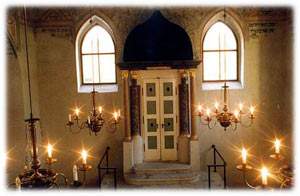 Boskovice
Boskovice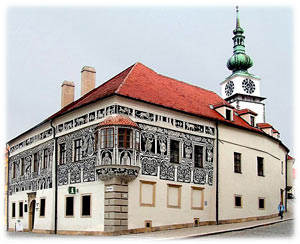 Třebíč
Třebíč